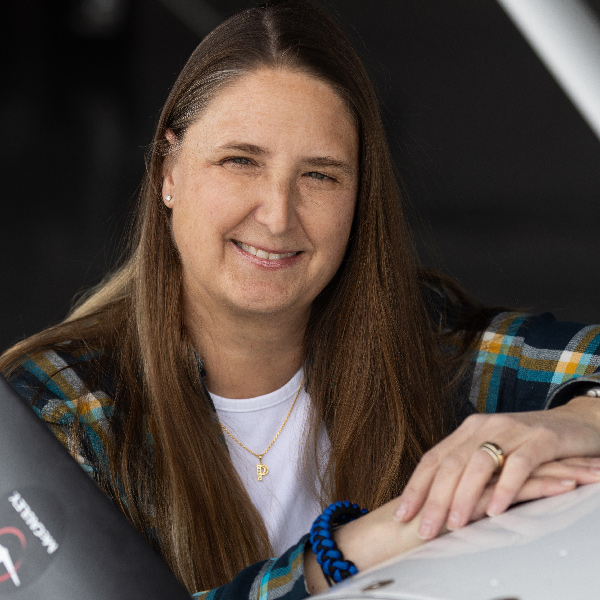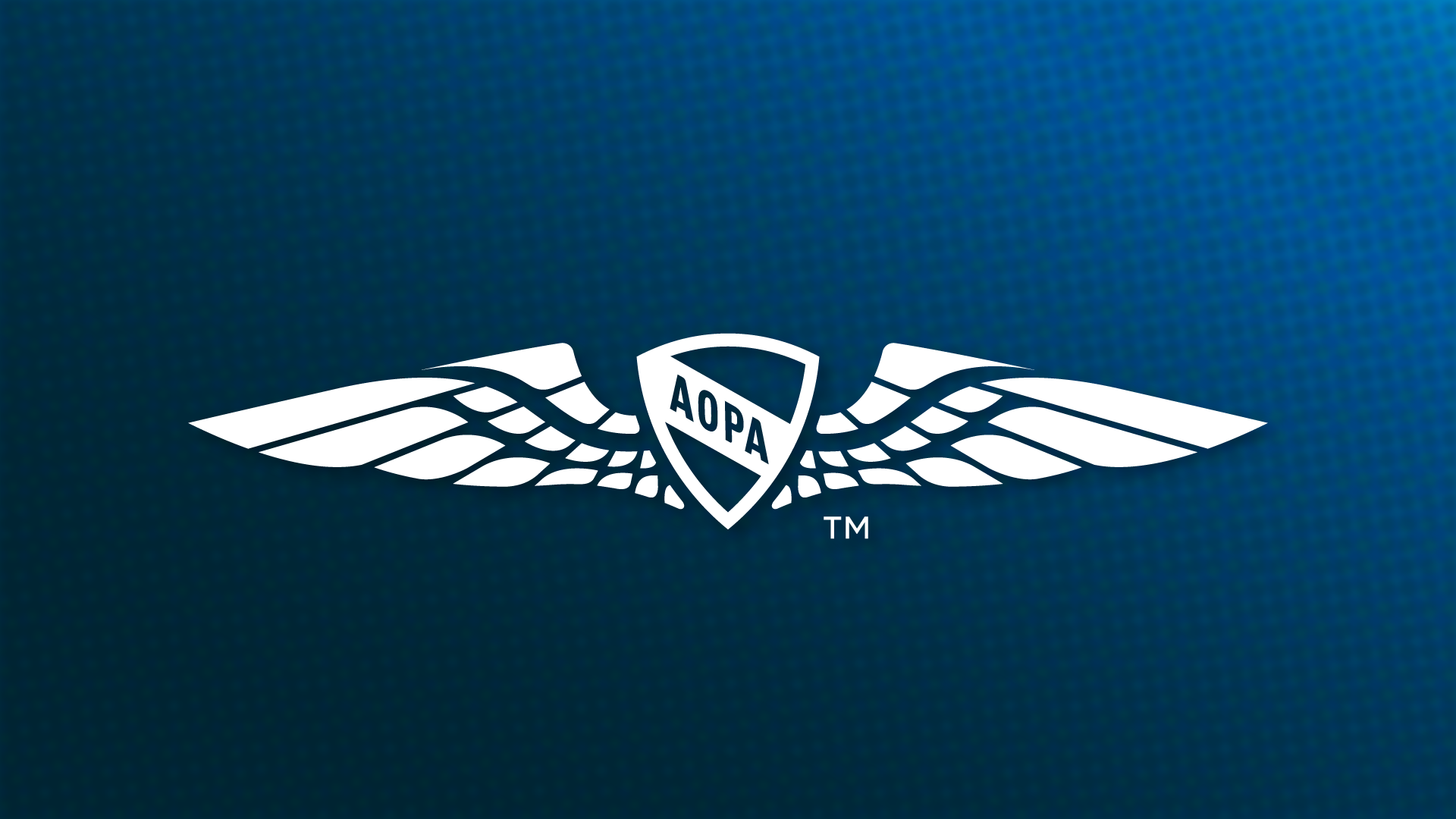We want you!
Aviation needs 1.5 million more professionals by 2034

That’s the upshot of Canadian aviation training specialist CAE’s latest Aviation Talent Forecast, presented at this year’s Paris Air Show.
“The need for 1.5 million new aviation professionals by 2034 is being driven by record demand for air travel and a significant wave of retirements that is expected across all categories,” said Marie-Christine Cloutier, vice president for strategy, performance, air traffic services, and marketing at CAE. “With commercial and business aviation fleets expected to see double digit increases over the next 10 years, the industry must take action to attract, train, and retain personnel.”
To meet the demand, CAE calls for a “proactive and creative” approach. In addition, optimized and modern training curricula must be a priority if the industry is going to be able to keep pace with this projected demand.
“Highly skilled aviation professionals are not just a necessity for the safety of the air transport system, they are the foundation for the successful expansion and resilience of the global aviation sector,” Cloutier said.
The company’s biennial talent forecast looks at four sets of aviation career groups: pilots, cabin crew, maintenance technicians, and, for the first time, air traffic controllers. In each of these groups, retirement and attrition—as professionals leave the industry because of increasing stress and burnout—are projected to reach all-time highs, while demand for air travel soars and fleet expansion continues.
There are currently about 441,000 active professional pilots worldwide— 382,000 commercial aviation pilots and 59,000 business aviation pilots. CAE estimates that by 2034, about two thirds of the total, or 285,000, will still be actively flying, while 156,000 will have left the industry, many because of retirement. In the United States, more than half of all airline pilots are over the age of 50, and the FAA projects that about 4,300 will retire each year for the next decade.
In addition to replacing those retirees, the industry will need to also grow by 144,000 pilots globally in order to keep up with air travel demand and planned aircraft deliveries.
Of that number, more than half, or 79,000, will be needed in North America—60,000 in commercial aviation and another 19,000 in business aviation contexts. While commercial aviation is forecast to grow strongest in the Asia/Pacific region, North America leads the world in business aviation growth by almost three times compared to the next strongest growth region, Europe.
The figures are based upon the number of commercial aircraft in 2034, which is expected to rise about 30 percent, to 44,000 from 33,000 today. Both passenger and cargo segments will grow, with the latter fueled by the rise in popularity of e-commerce during the COVID-19 pandemic. Air freight is forecast to continue to grow by more than 6 percent annually in the coming years.
On the business jet side, the number of airframes is projected to rise to 27,000 from today’s 23,000.
But it’s not only the pilot profession that is going to need a lot of fresh talent. CAE said maintenance technician and air traffic controller career paths will require significant boosts to keep up with the demographic shift, as well as increased travel demand.
There are about 266,000 qualified aviation maintenance technicians working today. By 2034, just 46,000 of those will remain. That means the industry expects a whopping 83 percent workforce decline. CAE says that the industry will need 416,000 new aircraft maintainers to replace those who have put down their tools, and to support larger fleets.
North America—the region which will grow strongest in these career fields—will need more than one-third of those, or 132,000.
The critical need for air traffic controllers is striking, especially considering shortages that have in recent years caused massive operational issues in the United States. Globally, air traffic controllers handle an average of more than 100,000 commercial flights and 16,000 business aviation flights every day.
CAE said by 2034 the industry will need 71,000 new controllers, with the vast majority in Europe, where airspace is more fragmented and regulations more complex because of the various jurisdictions involved. In the United States, at least 15,000 new entrants will be needed.
Almost half of the projected shortfall in aviation talent is for cabin crew. CAE says the industry will need a staggering 678,000 new crewmembers in coming years.
Attracting young people into aviation and aerospace is one thing—and often young people don’t even know these careers exist, or that they could qualify to work in them—but ensuring they complete their studies and graduate into successful and fulfilling careers is quite another. CAE’s Cloutier said that across all professions covered in the report, dropout and failure rates are “higher than they should be.” For example, in the United States alone, about 30 percent of paid air traffic control students do not complete their training, according to the National Airspace System Safety Review Team.
“We need a comprehensive training environment that caters to the way new generations learn and thrive,” Cloutier said. That includes bringing in new innovations in augmented reality (AR), virtual reality (VR), and artificial intelligence (AI), mentorship programs, competency-based training and assessment regimes, as well as improved financial support for candidates working their way through their education.
CAE says that a massive opportunity lies in attracting more women into aviation and aerospace career fields. Currently, according to the FAA’s 2025 civil airmen statistics, just 5 percent of the 179,000 airline transport pilot-rated pilots are women and only 3 percent of FAA-registered mechanics and repair personnel are women.
“It’s a challenge and a concern,” Cloutier said.



